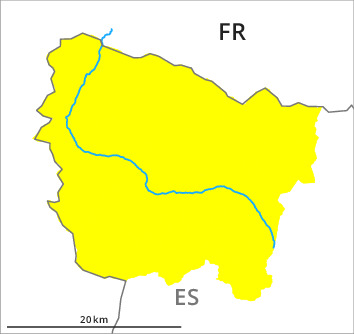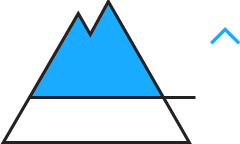
Danger level

2000m
Avalanche Problem

Wind-drifted snow

2000m


New snow

1800m


New snow and wind slabs require caution. Loose snow slides are possible.
The cold fresh snow and in particular the mostly small wind slabs will be deposited on the unfavourable surface of an old snowpack in all aspects and at intermediate and high altitudes. New snow and wind slabs can in many places be released easily.
In many cases Explanation: "these" may only stand for "these avalanches" are small but can be released by a single winter sport participant.
As a consequence of solar radiation loose snow slides are possible as the day progresses, but they will be mostly small.
Backcountry touring and other off-piste activities call for meticulous route selection.
In many cases Explanation: "these" may only stand for "these avalanches" are small but can be released by a single winter sport participant.
As a consequence of solar radiation loose snow slides are possible as the day progresses, but they will be mostly small.
Backcountry touring and other off-piste activities call for meticulous route selection.
Snowpack
>In some regions up to 5 cm of snow, and up to 10 cm in some localities, fell in the past few hours above approximately 2200 m. The southerly wind has transported the new snow. The upper section of the snowpack is moist; its surface consists of loosely bonded snow. As a consequence of falling temperatures a crust will form on the surface during the first half of the night. Over a wide area 5 to 10 cm of snow, and even more in some localities, will fall until the early morning above approximately 2000 m. The northerly wind will transport the new snow.
At low and intermediate altitudes less snow than usual is lying. At high altitude snow depths vary greatly, depending on the infuence of the wind. At low altitude from a snow sport perspective, insufficient snow is lying.
At low and intermediate altitudes less snow than usual is lying. At high altitude snow depths vary greatly, depending on the infuence of the wind. At low altitude from a snow sport perspective, insufficient snow is lying.
Tendency
Gradual increase in danger of dry avalanches as the snowfall becomes more intense.